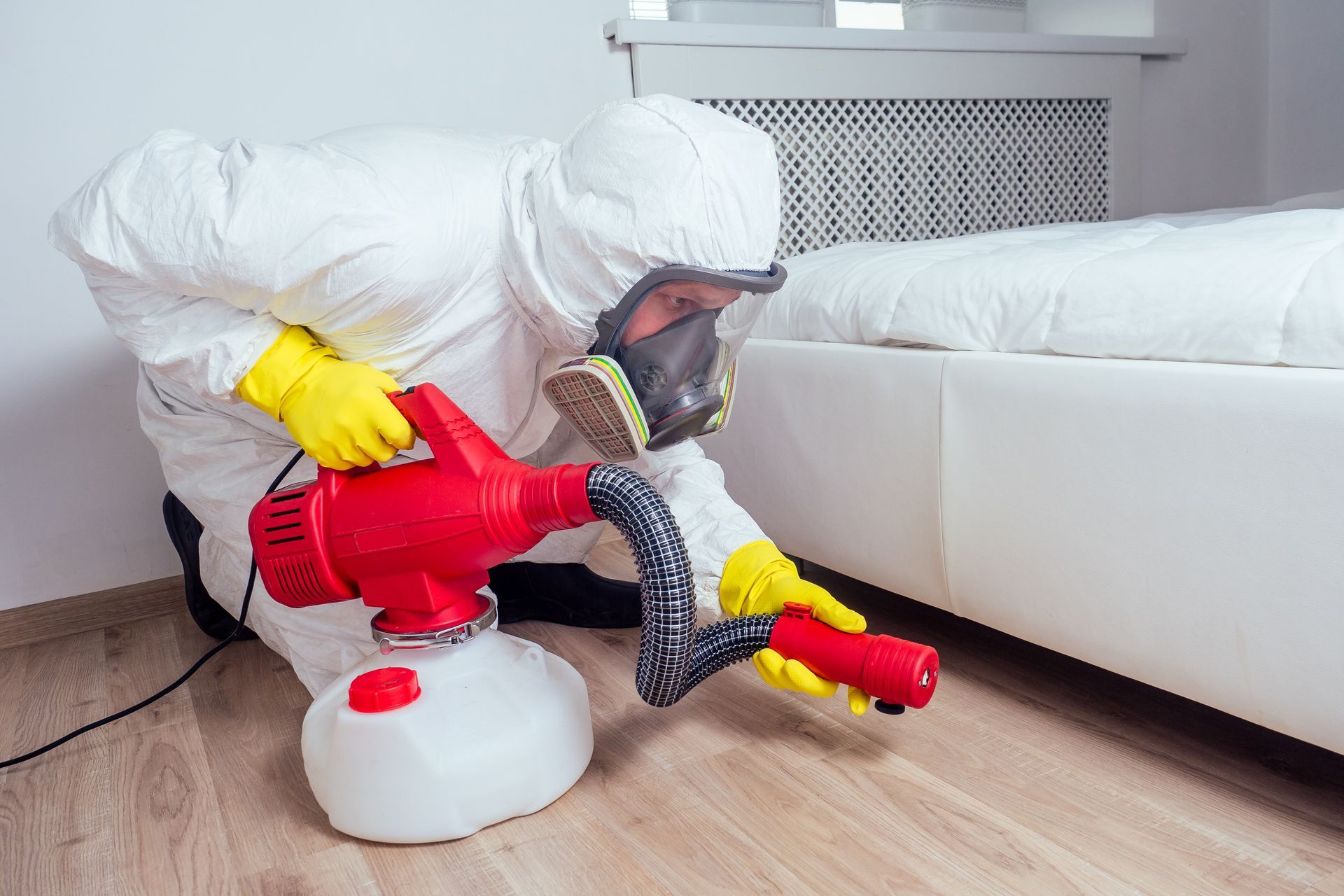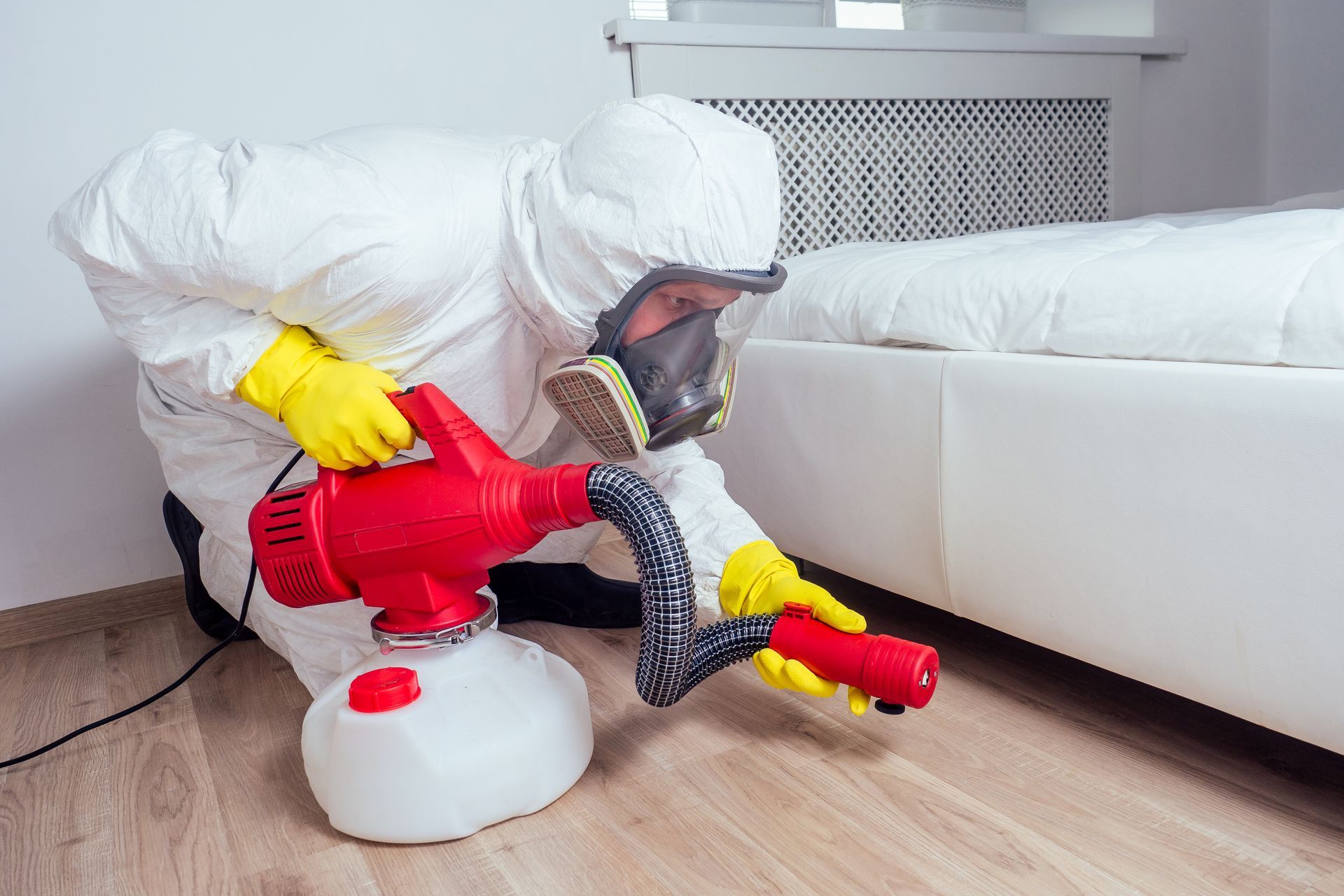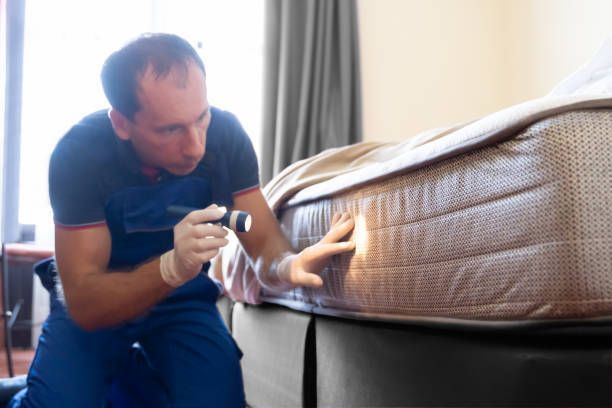5 Signs of Hidden Pest Infestations Inside Your Home
Nobody wants pests inside their home, but pests do everything they can to get inside your warm, safe walls. In many cases, you can see an infestation by spotting the actual pests, but for the most part, pests are shy, so you may never see them. You will, however, see lots of other signs as the pests wreak havoc on your home. If you want to better protect your home and family, check out these five signs of pests.
1. Pest Droppings
Pest droppings is one of the most obvious signs you have an infestation because they have to release their waste somewhere. Droppings from larger pests like mice and squirrels are easier to spot because of their size, color and shape. Depending on the animal, the droppings may range from 1/8 of an inch to one full inch long.
Bug droppings can be harder to spot because they may just look like dirt or debris. For example, cockroach droppings look like ground pepper, but they are highly toxic. Bed bug droppings are often small and red because of the blood in their diet.
2. Nests
To make themselves comfortable, pests will even make nests inside your home. If you suspect mice, look for wood chips, matters filling, insulation, paper, fabric and similar soft materials that can be used to create a ball-like nest. There may also be droppings and food particles lying around the nest.
Insect nests maybe hard to spot because each type of insect has their own preferred type of nest, so there is no one-size-fits-all nest for which to look. Plus, insects like to put their nests in well-hidden places, such as your attic.
3. Strange Odors and Sounds
As the animals creep around your home, they create strange odors and sounds. The odor may come directly from the droppings or decomposing bugs. Cockroaches release an acidic smell as they decompose, and the odor can linger. Stink bugs actually use odor as a defense mechanism. If you have rodents, expect a lot of ammonia smell from urine.
The most obvious sound of pests inside walls or ceilings is scratching. Rodents may make more noise because of their claws tapping and scratching, but bugs may also make noise as they scurry around. Plus, some bugs, like bees, just make noise.
4. Gnaw Marks
Pests don't care about the resale value of your home, so they have no problem chewing on materials like drywall, wood, etc. Rodents may chew to help keep their teeth short, but some bugs may actually eat or burrow into wood, which can compromise the entire structure of your home.
Some rodents may also start to chew on your electrical wires inside the walls. This increases the risk of odors from dead pests, and it affects your electrical system. So if you've been having trouble with some wires or lights, and you have signs of pests, an exterminator may be able to help.
5. Grease Tracks
Mice, in particular, leave grease tracks inside your home. This is because they like to follow the same path to get food and water, and they eventually begin to create dirty, greasy pathways. This makes it easy to spot an infestation and follow the trail back to the nest.
When looking for grease tracks, check by walls. Mice can't see well, so they tend to follow walls to help guide their path. This poor vision is also the reason they like to follow the same path repeatedly.
Pests hide inside walls, floors, attics and anywhere else they can find. While you may not be able to see them, you may be able to hear them or smell them. If you would like to know more about pests, or if you need a quote for pest removal services,
contact us at American Pest Professionals.










